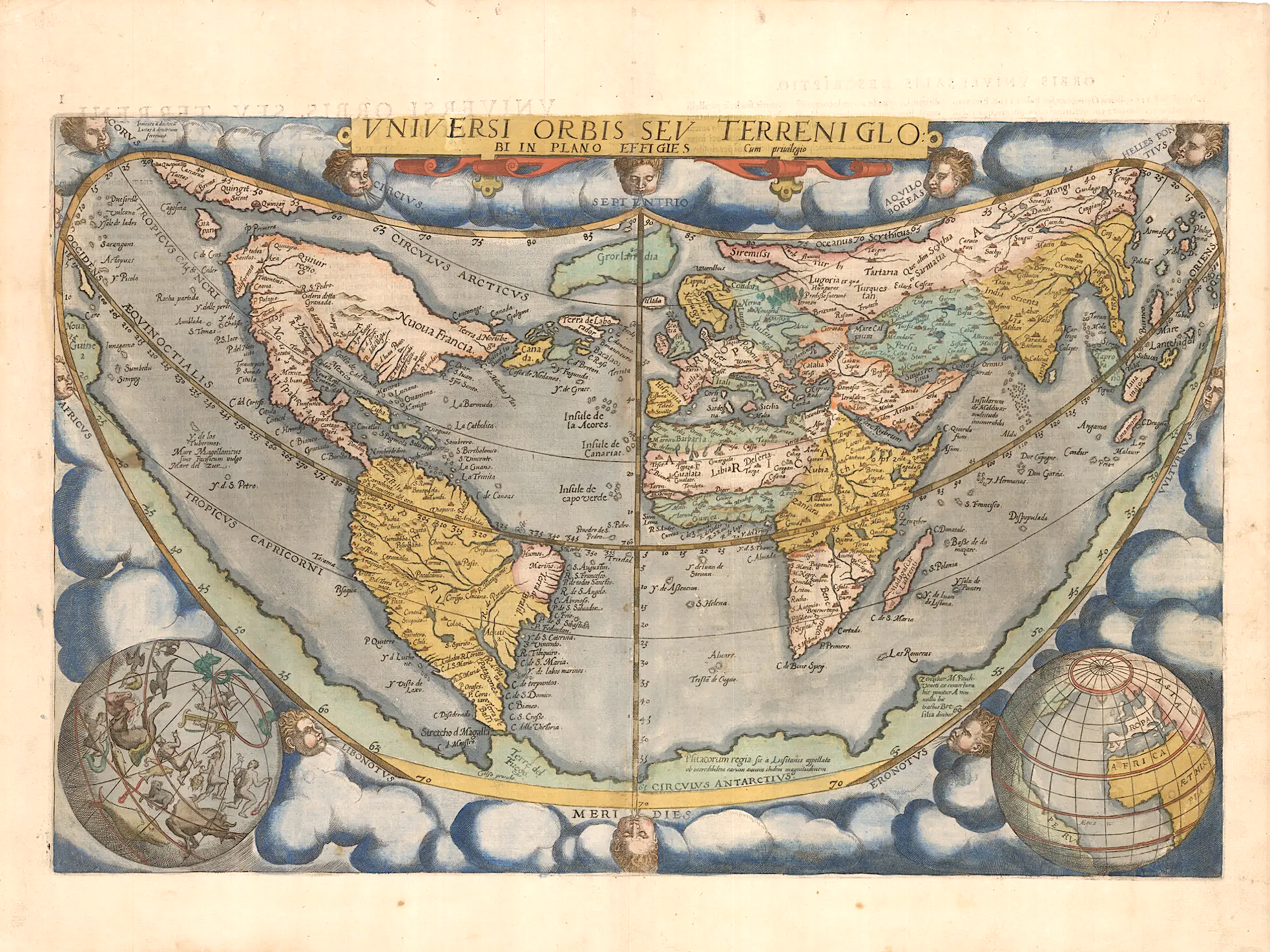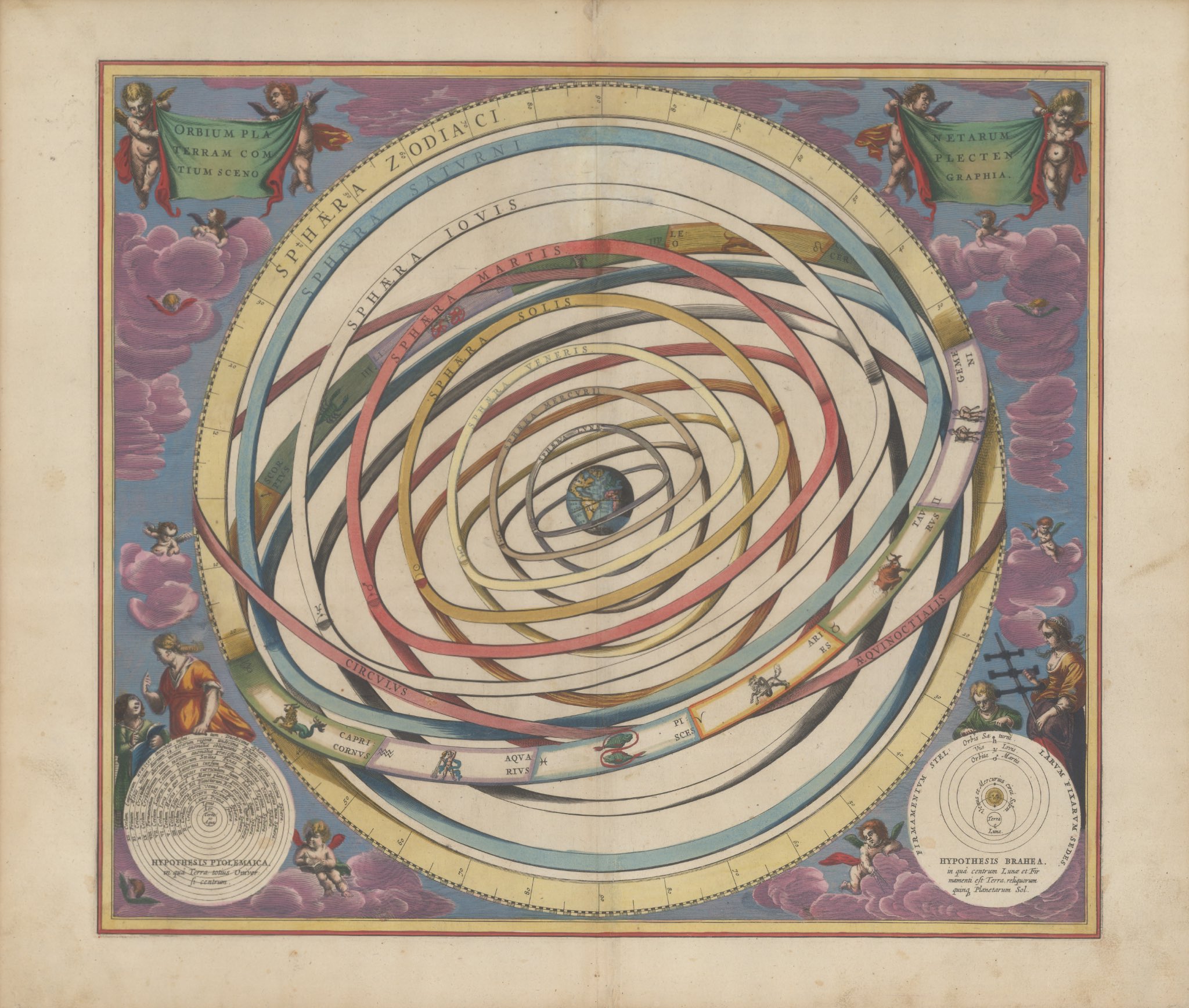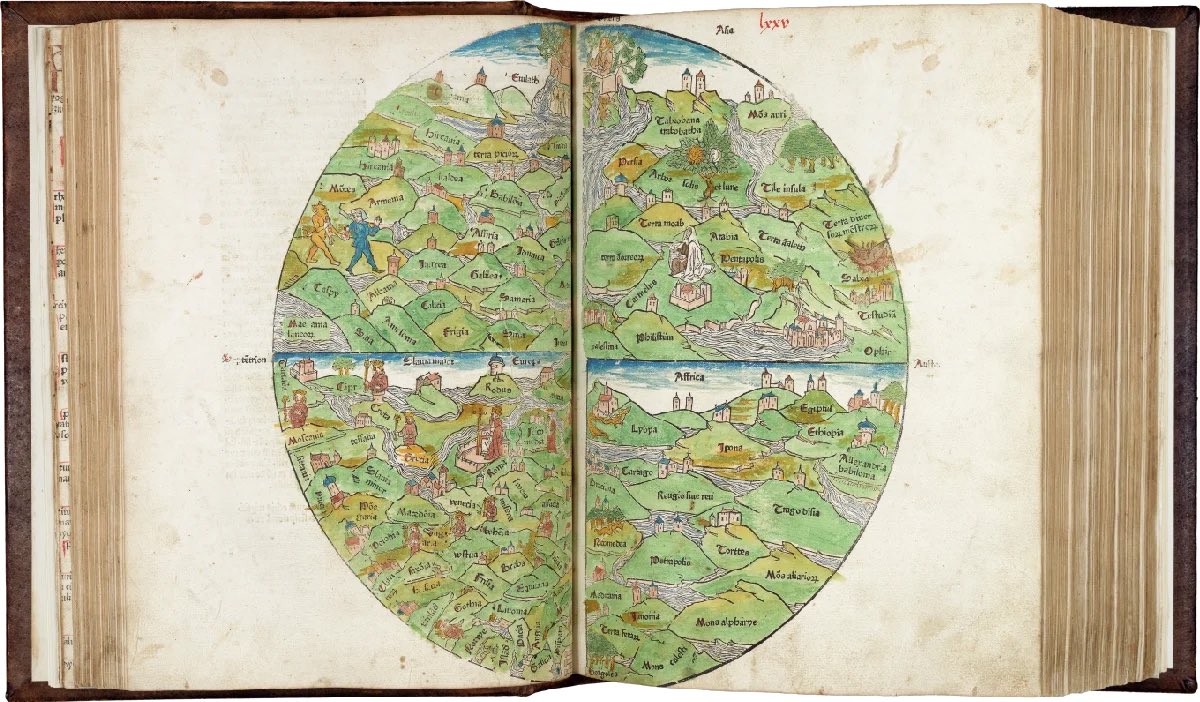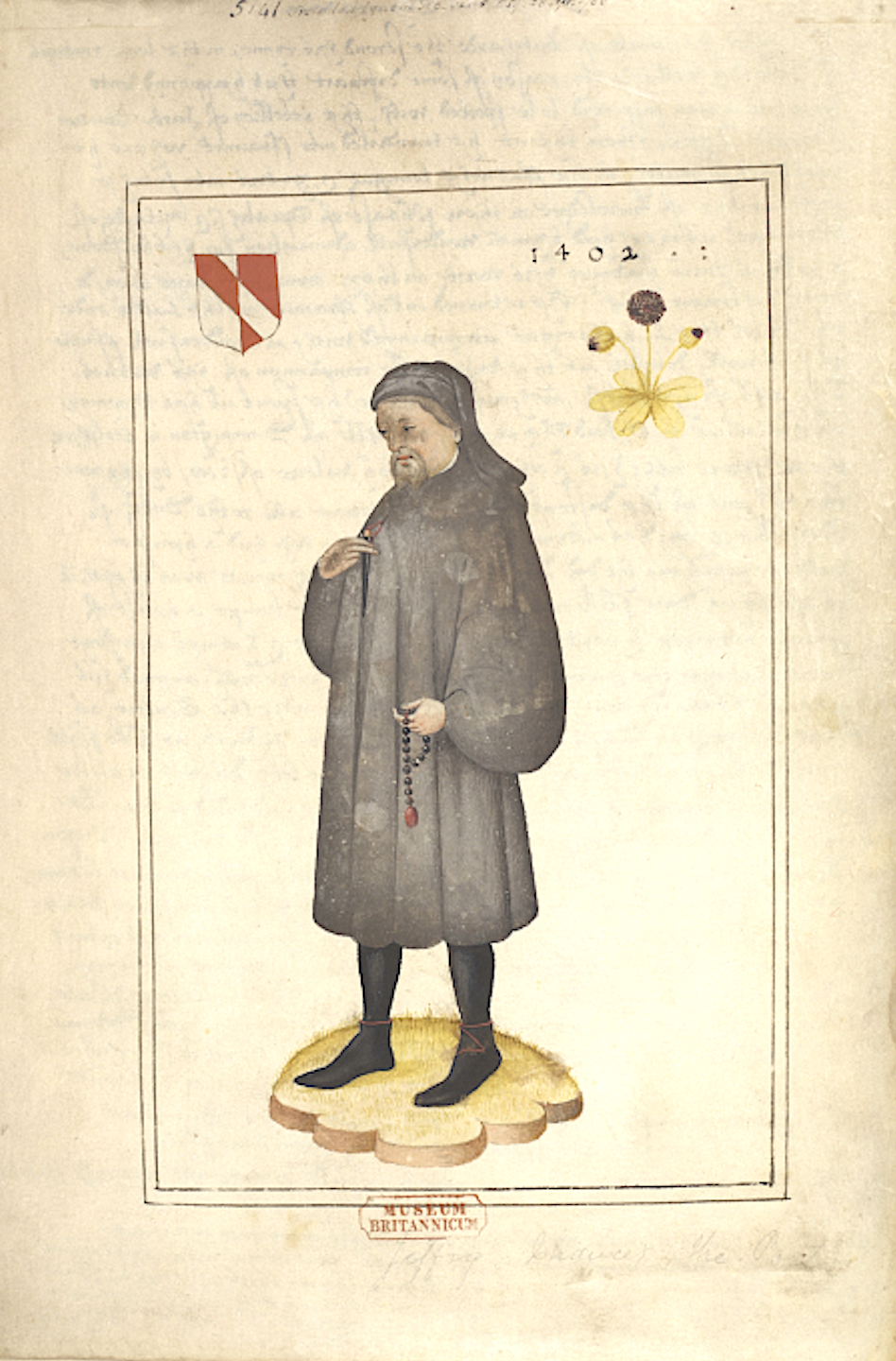The iPod shuffle recently enjoyed a bit of a comeback on TikTok.
Can the Mikiphone be far behind?
The invention of siblings Miklós and Étienne Vadász, the world’s first pocket record player caused a stir when it was introduced a century ago, nabbing first prize at an international music exhibition and finding favor with modernist architect Le Corbusier, who hailed it for embodying the “essence of the esprit nouveau.”
Unlike more recent portable audio innovations, some assembly was required.
It’s fair to assume that the Stanford Archive of Recorded Sound staffer deftly unpacking antique Mikiphone components from its cunning Sony Discman-sized case, above, has more practice putting the thing together than a nervous young fella eager to woo his gal al fresco with his just purchased, cutting edge 1924 technology.

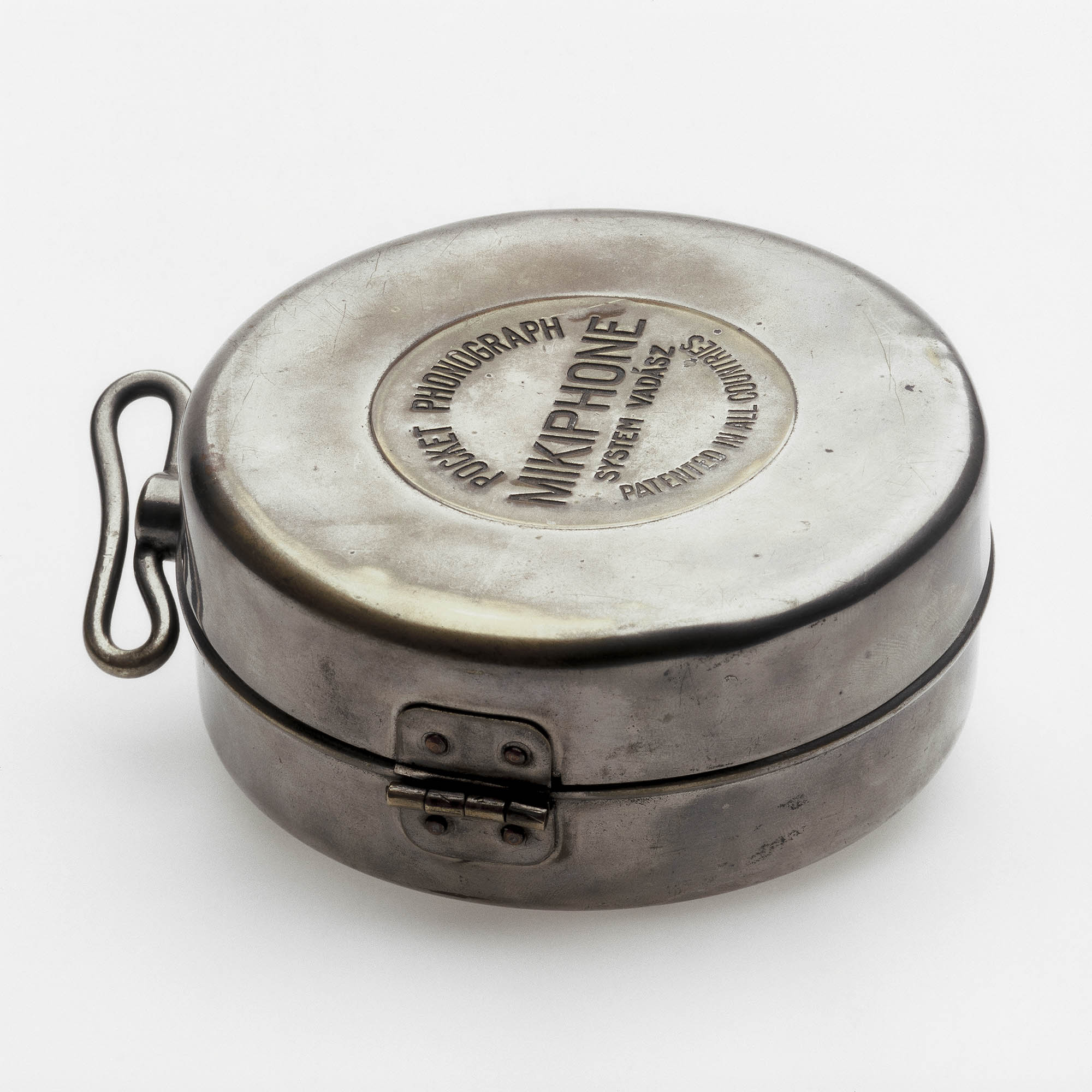

A period advertisement extols the Mikiphone’s portability …
Fits in a jacket pocket
Goes in a lady’s handbag
Will hang on a cycle frame
Goes in a car door pocket
Ideal for picnics, car jaunts, river trips
…but fails to mention that in order to enjoy it, you’d also have to schlep along a fair amount of 78 RPM records, whose 10-inch diameters aren’t nearly so pocket and purse-compatible.
Maison Paillard produced approximately 180,000 of these hand-cranked wonders over the course of three years. When sales dropped in 1927, the remaining stock was sold off at a discount or given away to contest winners.
These days, an authentic Mikphone can fetch $500 and upward at auction. (Beware of Mikiphonies!)
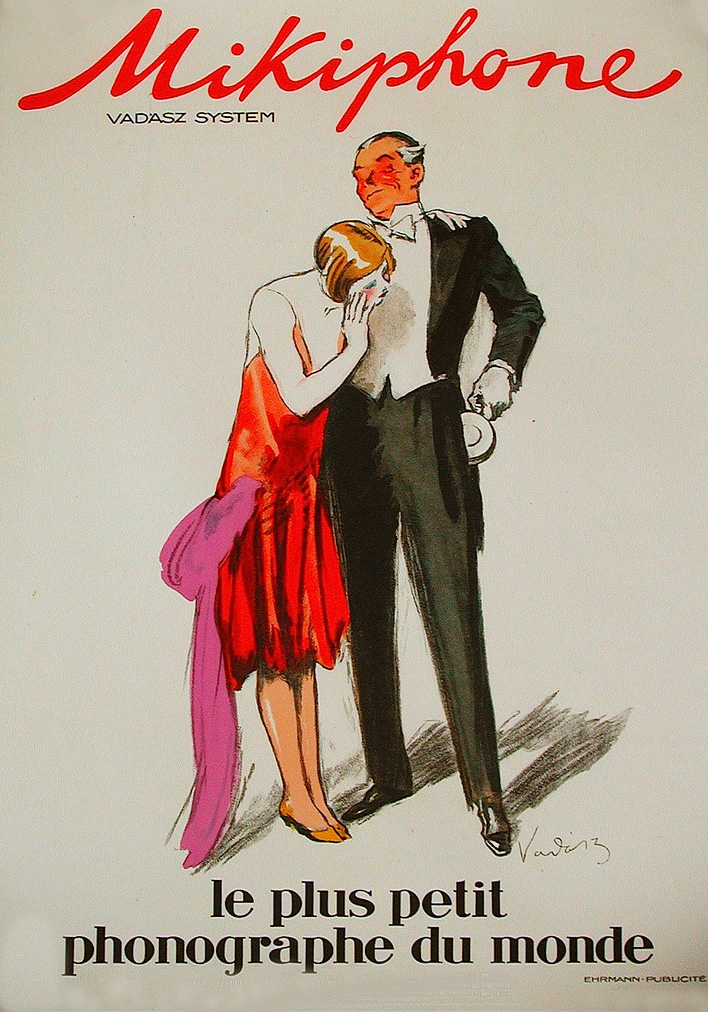
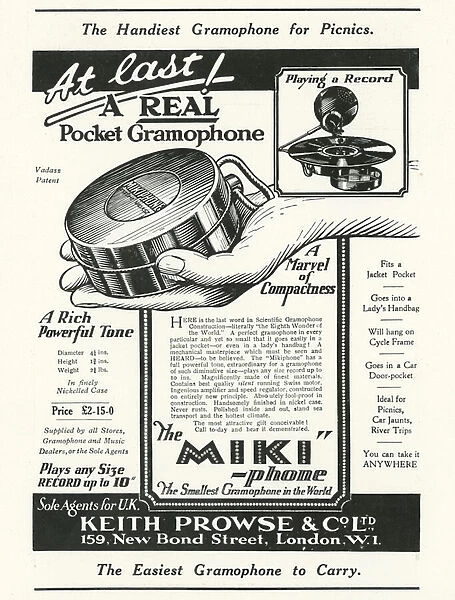
Related Content
Behold the Jacobean Traveling Library: The 17th Century Forerunner to the Kindle
The Walkman Turns 40: See Every Generation of Sony’s Iconic Personal Stereo in One Minute
– Ayun Halliday is the Chief Primatologist of the East Village Inky zine and author, most recently, of Creative, Not Famous: The Small Potato Manifesto and Creative, Not Famous Activity Book. Follow her @AyunHalliday.

